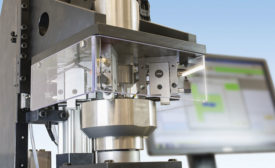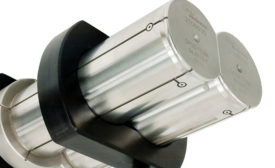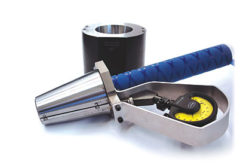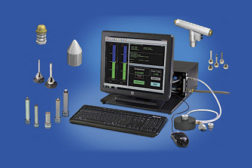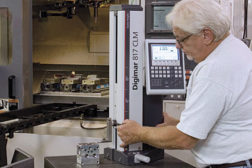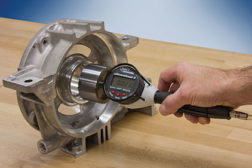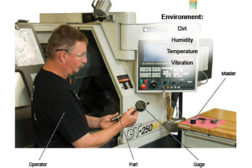Articles by George Schuetz
Pushing the Limits of Air Gaging—And Keeping Them There
Air gaging gives you a fast measurement device that provides superior reliability in the dirtiest shop environment.
July 2, 2015
Going Beyond Height With Height Gages
Here are some of the lesser known features built into today’s height gages that may help you not only make the measurement required but also speed it up and simplify it.
February 2, 2015
Deep Thinking About Depth Gages
Like other hand tools, depth gages have undergone a gradual change from mechanical scales to digital wonders.
November 3, 2014
Custom Gages to Go: When You Want To Have It Your Way
Many standard off-the-shelf gages no longer provide the right solution for today’s parts. That’s where custom gages come in.
August 4, 2014
Measurement
Making Better Height Gage Measurements
The quality of the result depends on the instrument and the care with which the operator handles the procedure.
May 1, 2014
When Air Blows Mechanical Gaging Away
You don’t have to be a gage engineer to appreciate the flexibility of air gaging
January 7, 2014
Measurement
Chasing Microns: Getting the Most from Dimensional Gages
If you’re trying to measure to microns, every micron counts.
November 1, 2013
Measurement
Modular Measurement
Modular multi-gage systems provide flexibility for high precision, short run inspection.
August 1, 2013
Stay in the know with Quality’s comprehensive coverage of
the manufacturing and metrology industries.
eNewsletter | Website | eMagazine
JOIN TODAY!Copyright ©2025. All Rights Reserved BNP Media.
Design, CMS, Hosting & Web Development :: ePublishing
